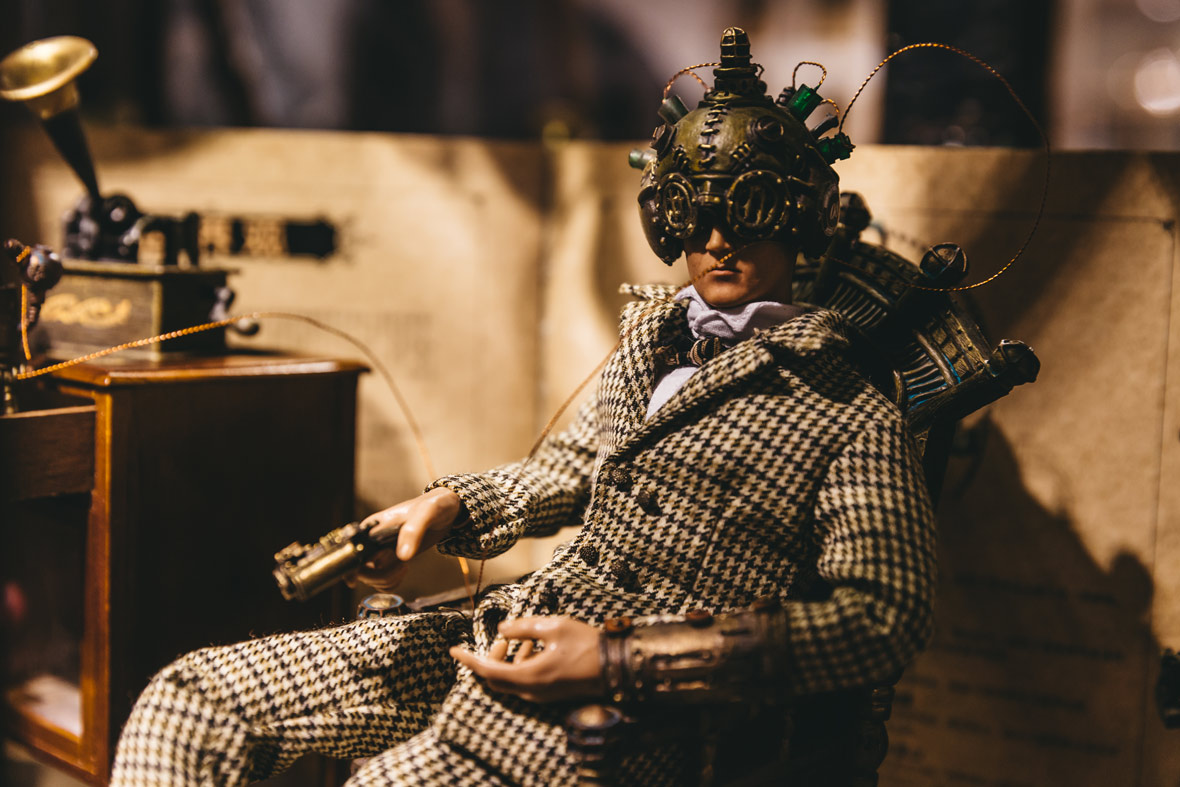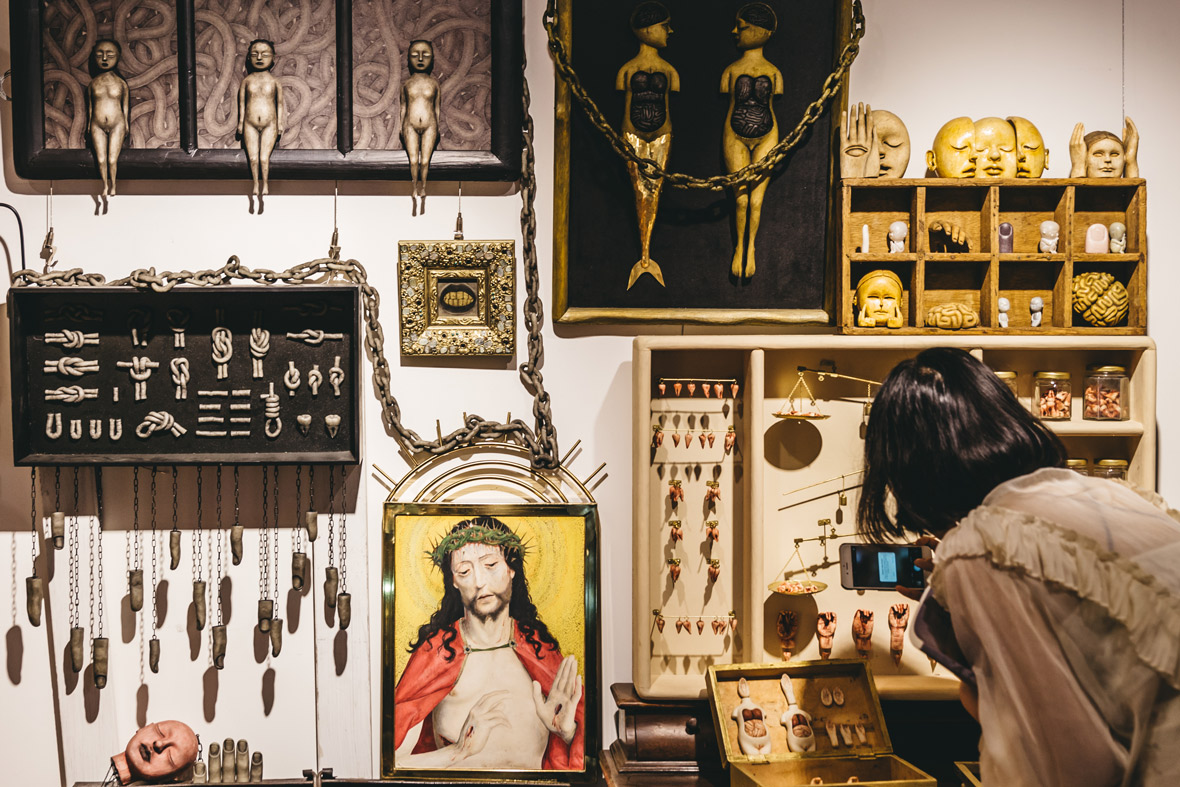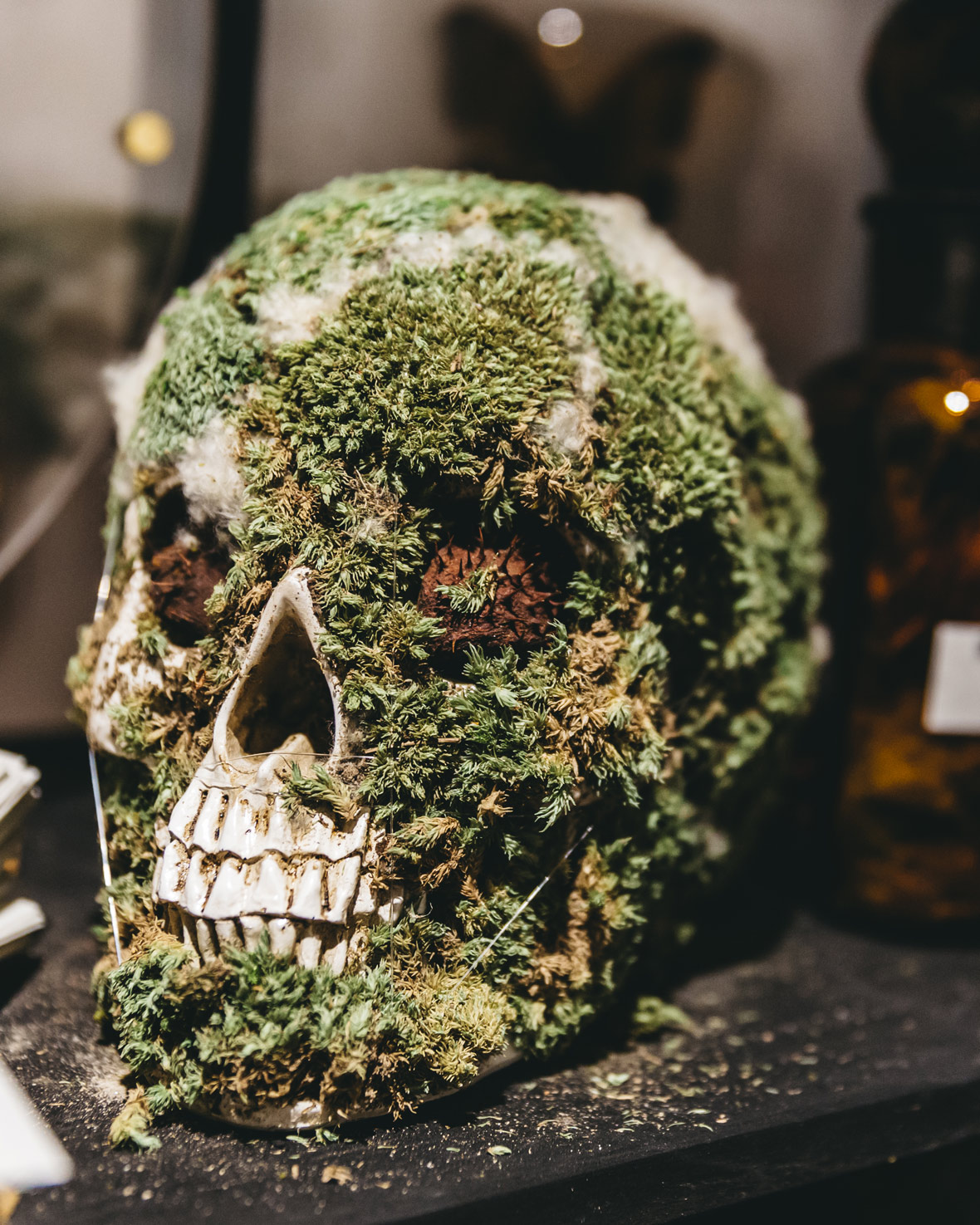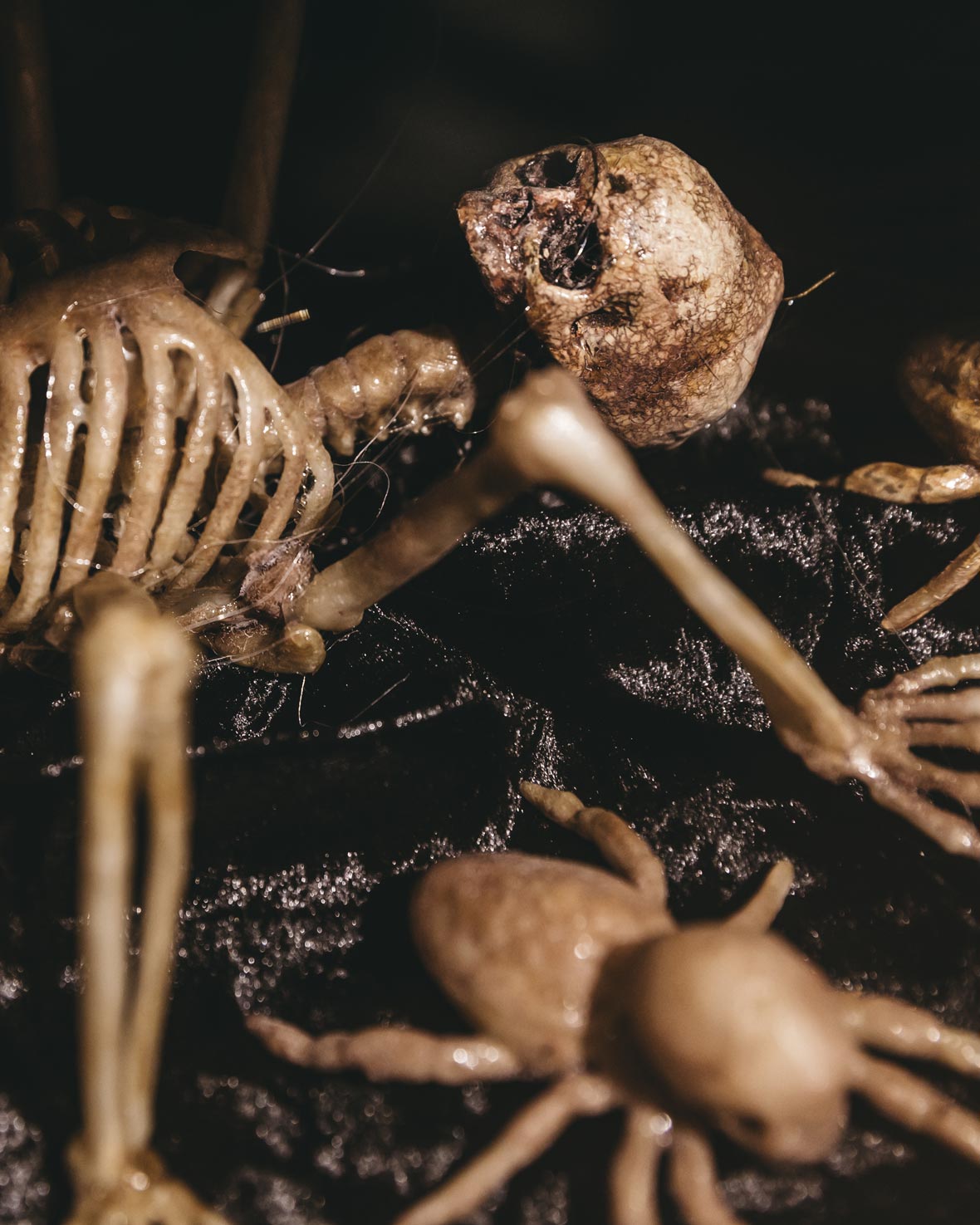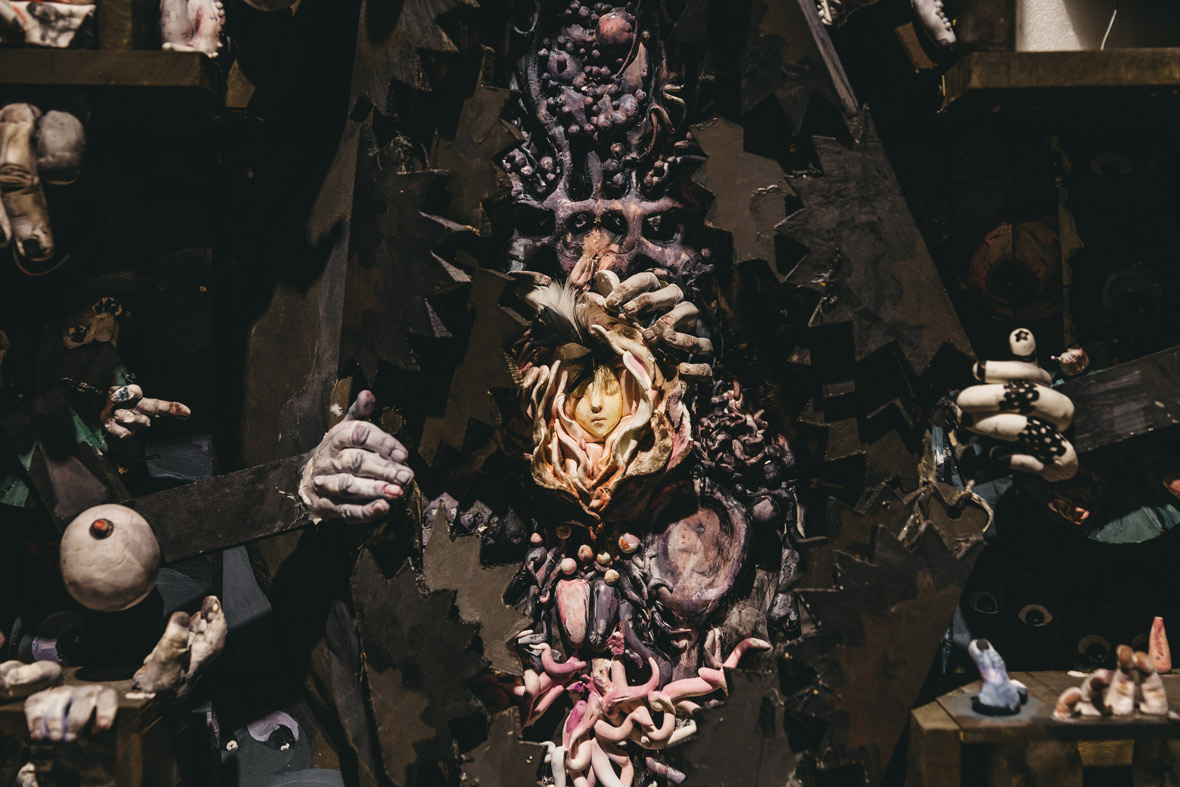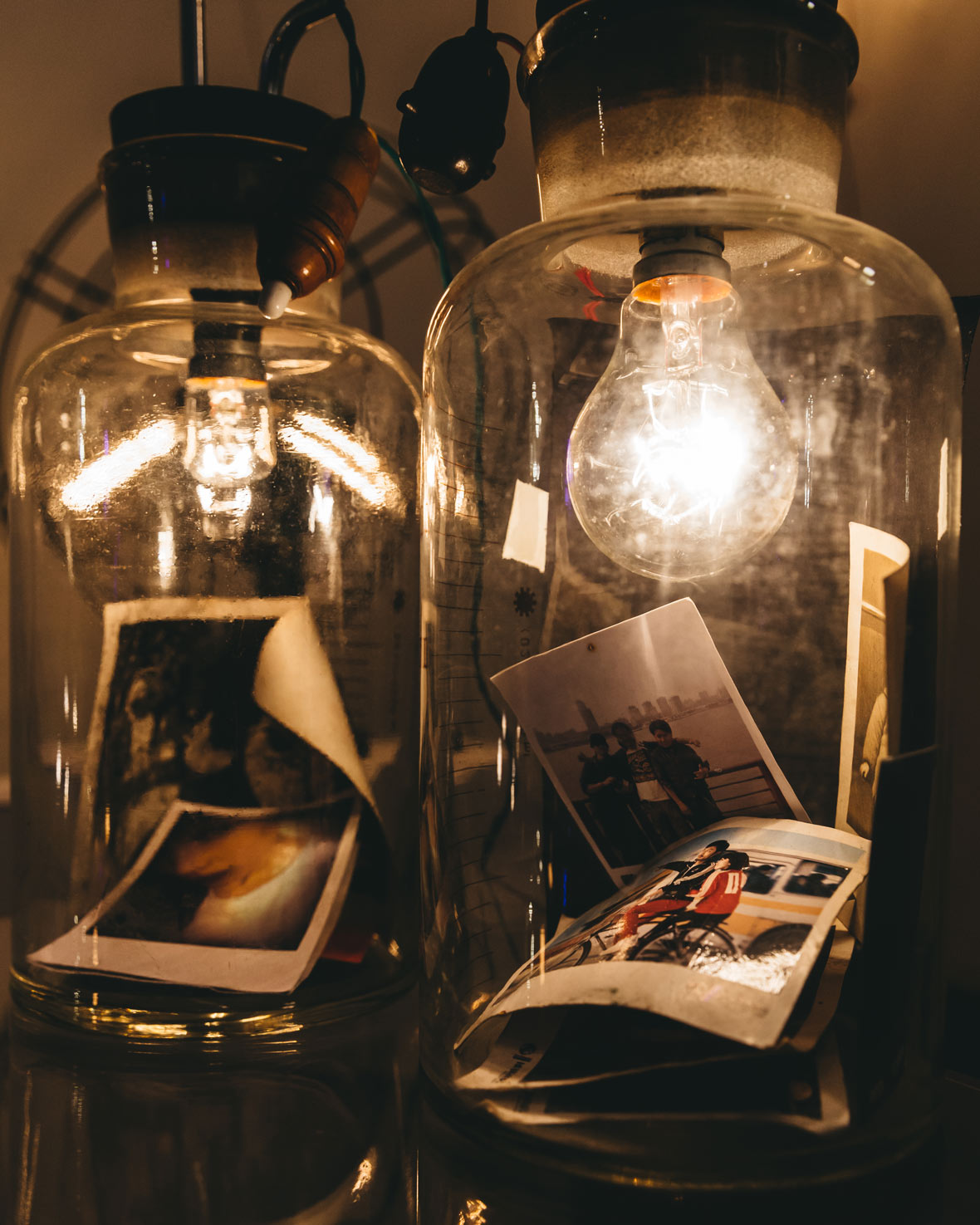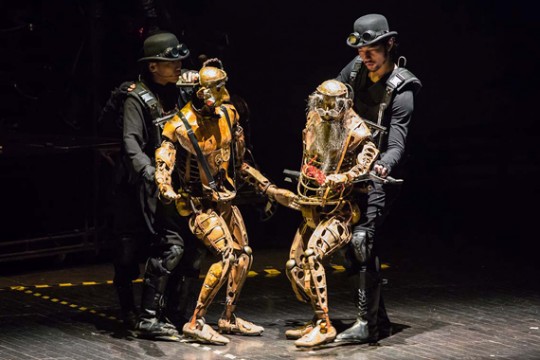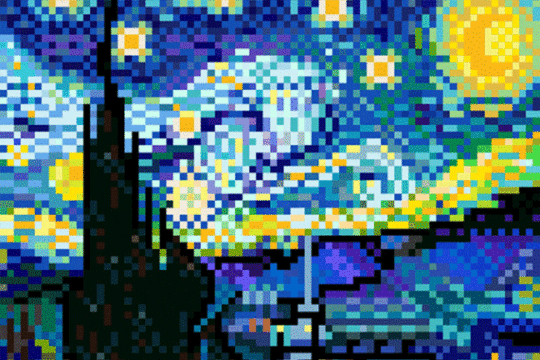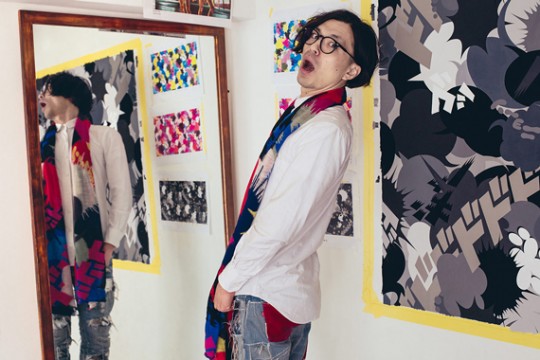无法观看?前往优酷
Curiosity is the foundation of discovery and knowledge, and everyone’s sense of curiosity is manifested in different ways. Curiosity can even be linked to our innate penchant for collecting objects, but the appeal of collecting is different for everyone. For some, it’s a way of preserving the past, and for others, a way to satisfy their desire to showcase their taste to the world. And this intrinsical aspect of human nature is how the first cabinets of curiosities came about. In the early days of its origin, these collections were used by European royalty and noblemen to establish their socioeconomic ranking in the community. As time went on, they evolved, becoming what many consider to be one of the early ancestors to our modern-day museums.
好奇是人类探求知识的第一力量,每个人的好奇心都有着不同的表达,由此还衍生出一种特殊的收藏癖。人们似乎总是热衷于将自己心爱之物存放于心安之所,或用于展示或炫耀。“好奇柜”这种特殊的陈列方式便是如此,最初它满足了欧洲贵族们的猎奇心、好胜心与好奇心,再由此最终演变成了现代的博物馆,是供所有好奇者前往探究的场所。
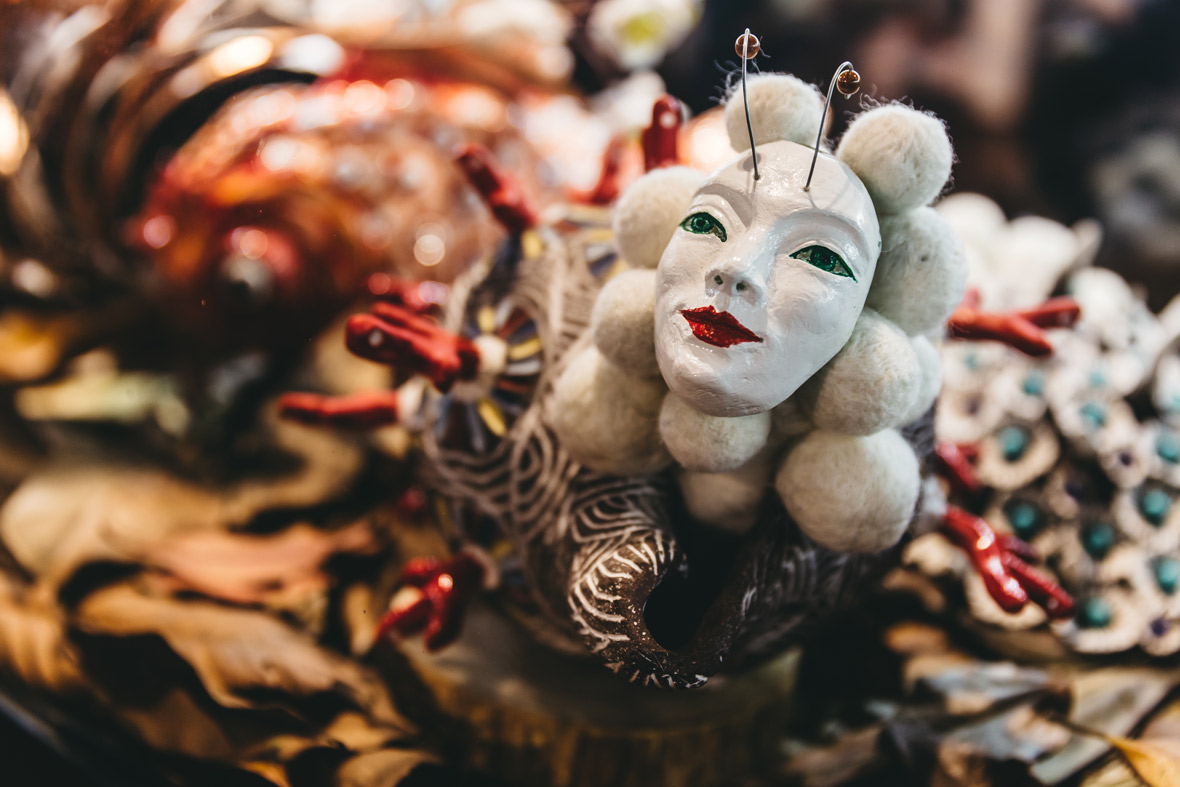
Strange at times, but incredibly enchanting – the nature of cabinets of curiosities and the nature of modern-day Shanghai feels like they have many things in common. However, chances are, no one anticipated that China would host a cabinet of curiosities of its very own. Stereotypically, many view the Chinese people as being more conservative and close-minded, but in reality, they’re more adventurous than most of the world gives them credit for. Granted, the Chinese people’s views of what concepts and aesthetics are “good” have been shaped for years and can be considered a minor obstacle for such an experimental exhibition. But Da Shi, the curator of Cabinet of Curiosities’ China debut, is optimistic and eager to lead the way and show that the Chinese audience is ready to expand their minds and feed their curiosity.
魔都上海本身奇妙摩登而神秘的特质与好奇柜不谋而合。谁都想不到现今的中国居然会有人来办一场“好奇柜”博物展,看似保守的中国人,事实上内心却是猎奇的很。人们固化的思维与审美就像一座大山一般挡在了前面,而策展人大石就是这么一个开山怪,劈开巨山打通了一条直达人心最原始的好奇欲所在的道路。

For some visitors, their initial impression of the exhibition is that it’s eclectic or even terrifying. Some have even said some of the works revived memories of their childhood fears, which is understandable, considering that one of the most disturbing installations that left many spooked was made with what appears to be real human skin. An infatuation with death and its mysteries appear to be a common theme throughout the exhibition, with skeletons and other macabre elements making frequent appearances, which of course, include inner organs and other anatomical parts.
好奇柜给人的第一印象应该是猎奇与恐怖,有不少人都将其堪比为“童年阴影”。最让人惊讶的人皮作品,它的仿真程度着实是可以吓着不少观众,还有数不胜数的骷髅元素预示着死亡的神秘,作为一场有着Cult元素的展览,器官内脏也是必须有的。
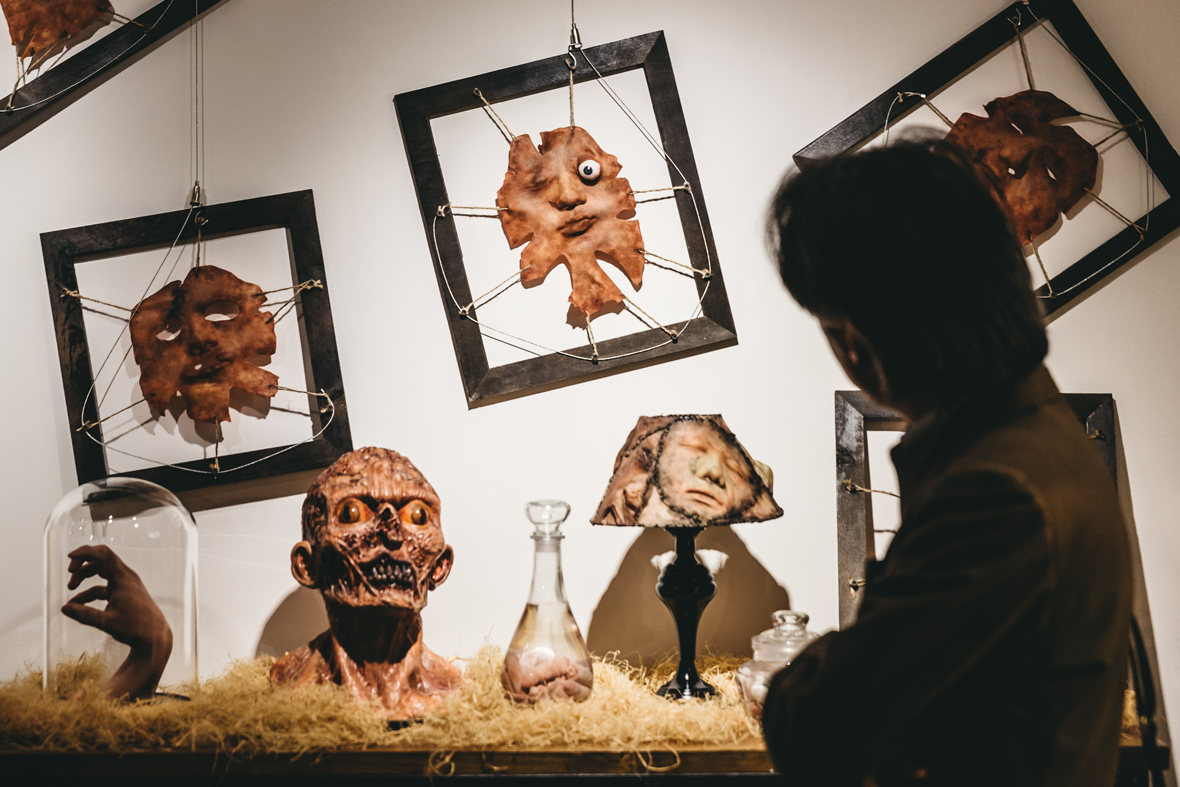
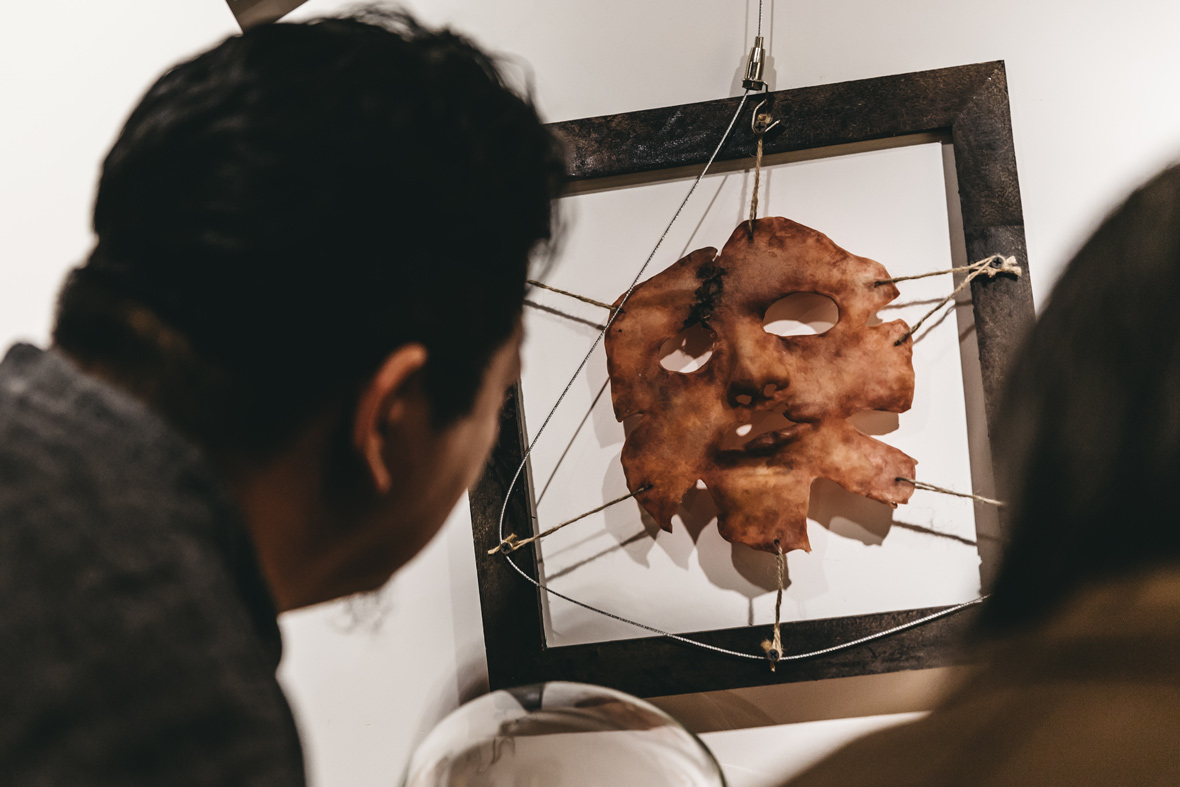
To bring the exhibition closer to the standards of a modern museum gallery, Cabinet of Curiosities exhibition is also showing a variety of other artworks, not only just the morbid and grisly, despite much of the exhibition being just that. Artist works span a wide spectrum of themes, such as a modern reimagining of the phenakistoscope, an artificially cultivated plant installation, and a meticulously designed mechanical installation. Each piece of work not only embodies the curious nature of their creator but also aims to ignite the curiosity of visitors. For humans, curiosity is something that’s been hardwired into our brains and embedded in our consciousness. I suppose that’s why, even through the test of time, cabinets of curiosities still remain so fascinating. Click here to purchase tickets for the exhibition and satisfy your inner curiosity.
好奇柜的展品类型之多是其看点之一,并且要形成博物展的概念,那就不会仅限于猎奇与恐怖,展览中的确还有很多有趣的艺术作品,比如现代动画的老祖宗“魔术幻灯”(Phenakistoscope)、人工栽培的植物装置、设计精巧的器械装置舞台等。所有的展品无一例外的表达着创作者的好奇,同时也满足了观者的好奇。只要是有人类的地方,好奇柜的形式不论再过几千几万年还是能同样受人欢迎。购票请点击此处。
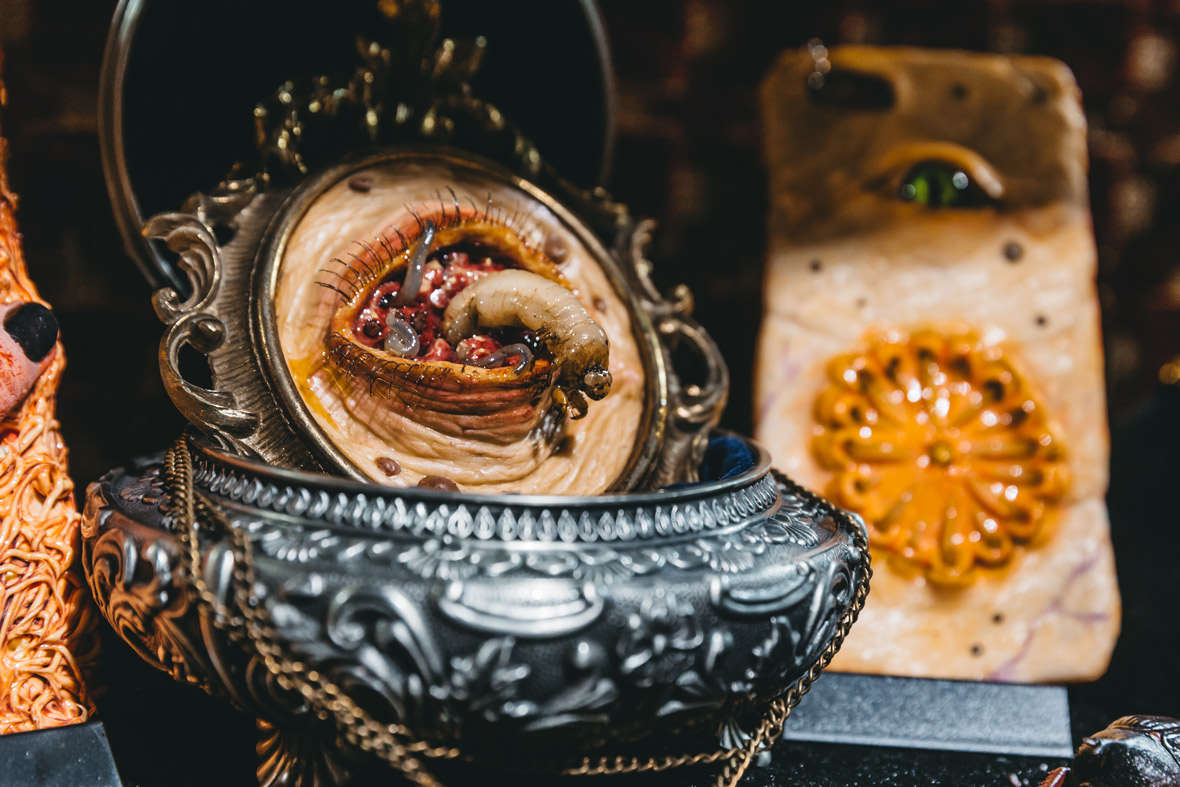

Event: Cabinet of Curiosities
Exhibition Dates: April 16, 2017 ~ July 16, 2017
Address:
Duoyunxuan Art Center
No. 1188 Tianyaoqiao Road 3F
Xuhui District, Shanghai
People’s Republic of China
Contributor: Sonic Yuan
Videographer: Sonic Yuan, Yang Bingying
Photographer: David Yen
动名称: “好奇柜”
展览日期: 2017年4月16日——2017年7月16日
地址:
中国
上海市徐汇区
天钥桥路1188号3楼
朵云轩艺术中心
供稿人: Sonic Yuan
视频摄影师: Sonic Yuan, Yang Bingying
图片摄影师: David Yen

